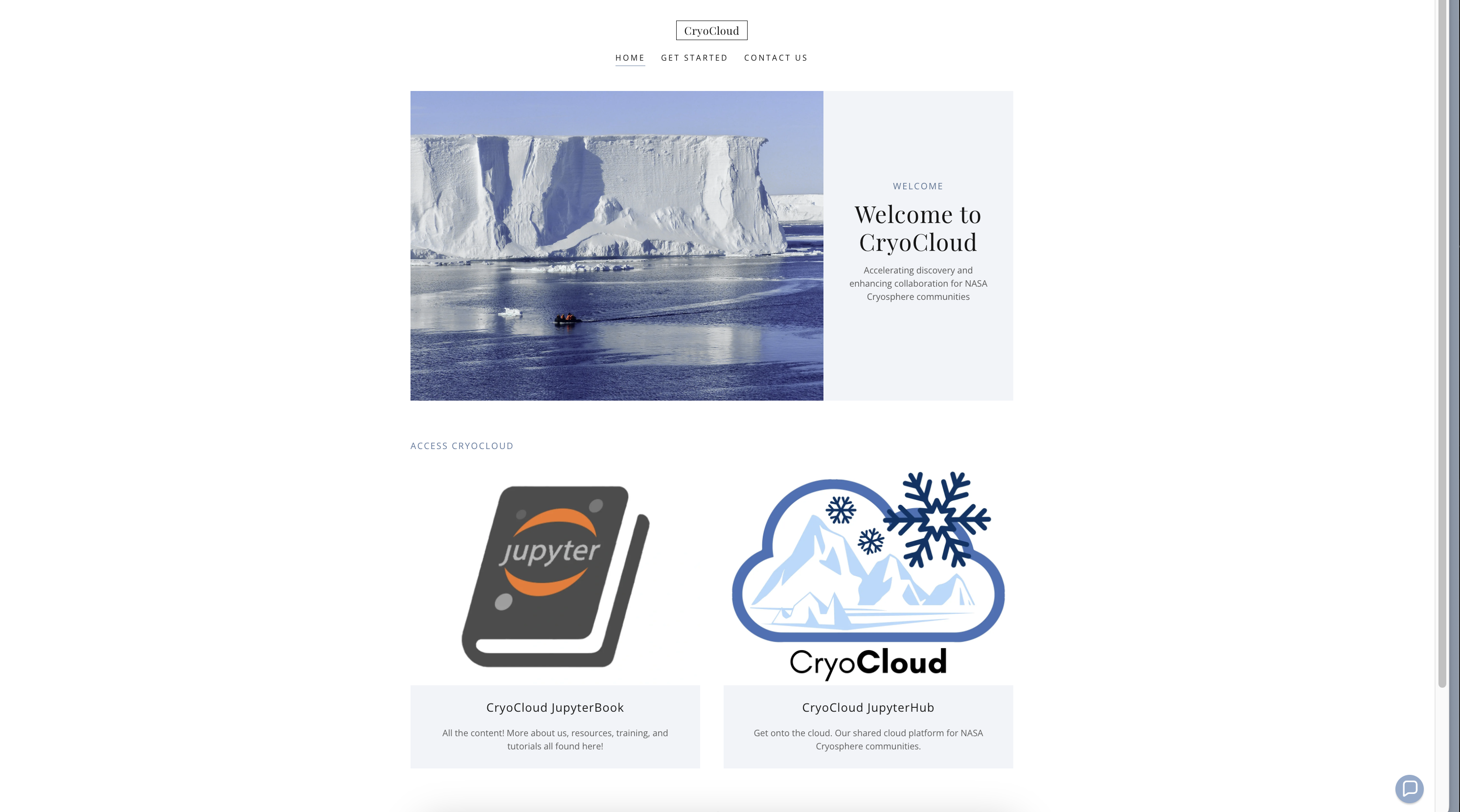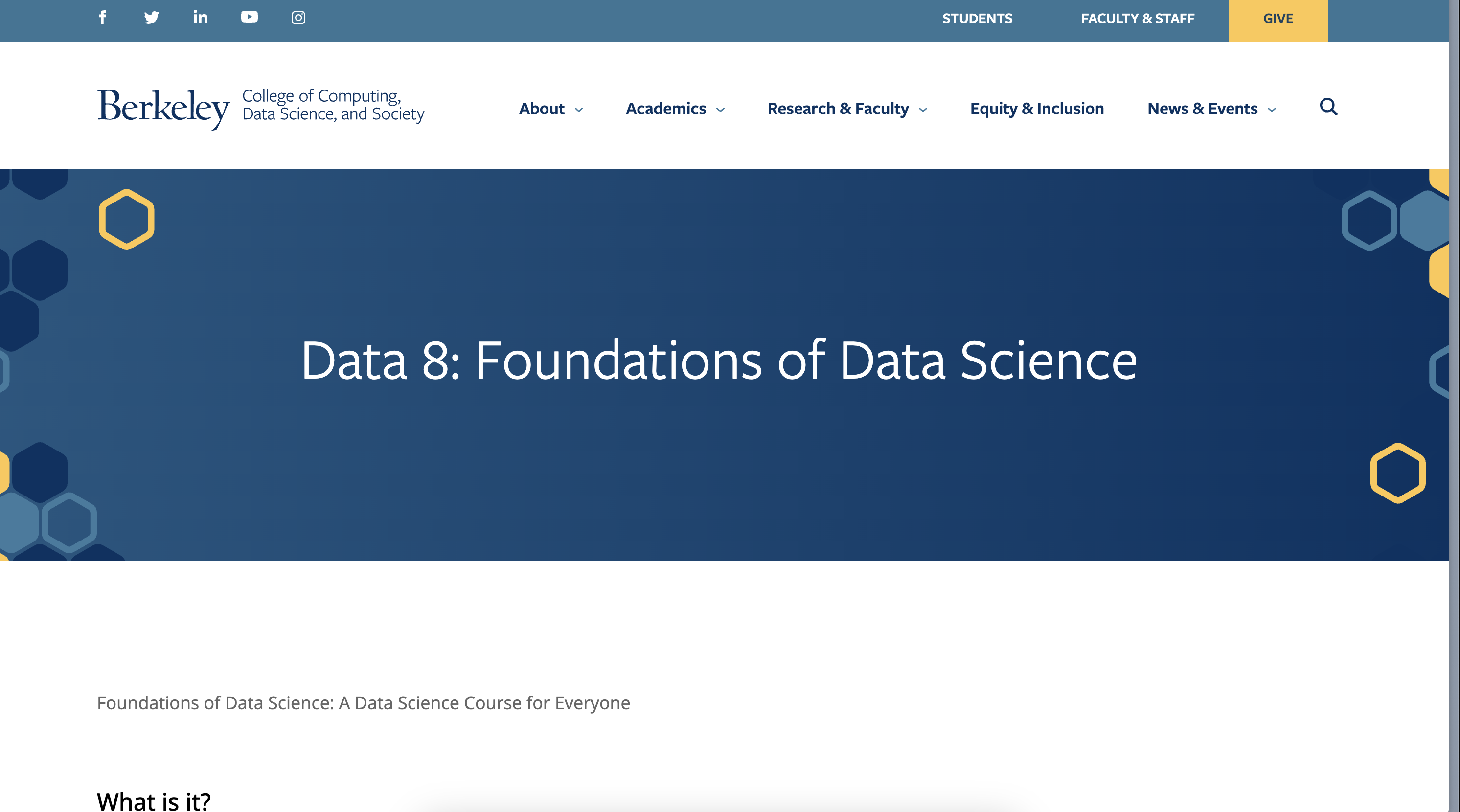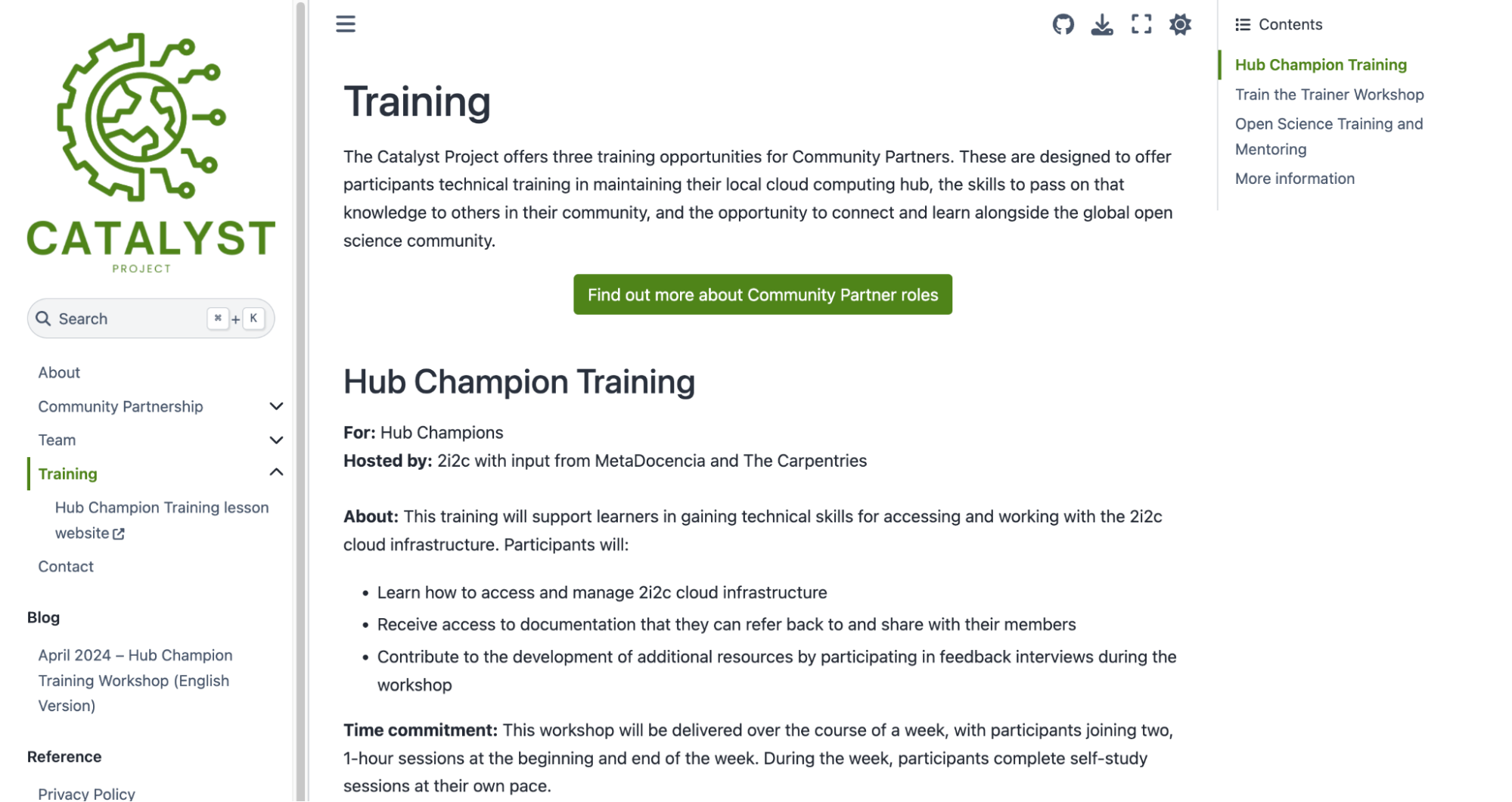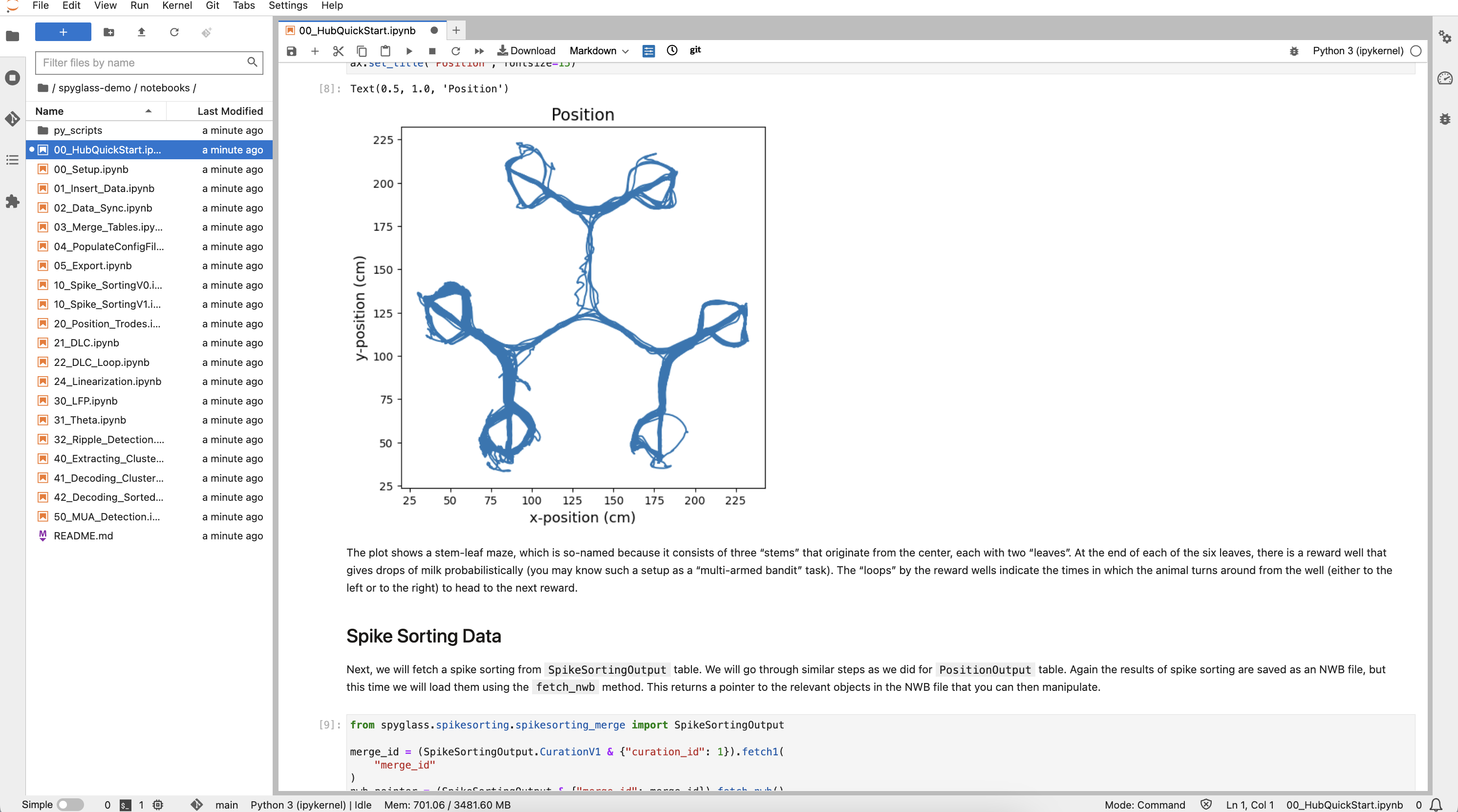We serve an international network of communities that create and share knowledge
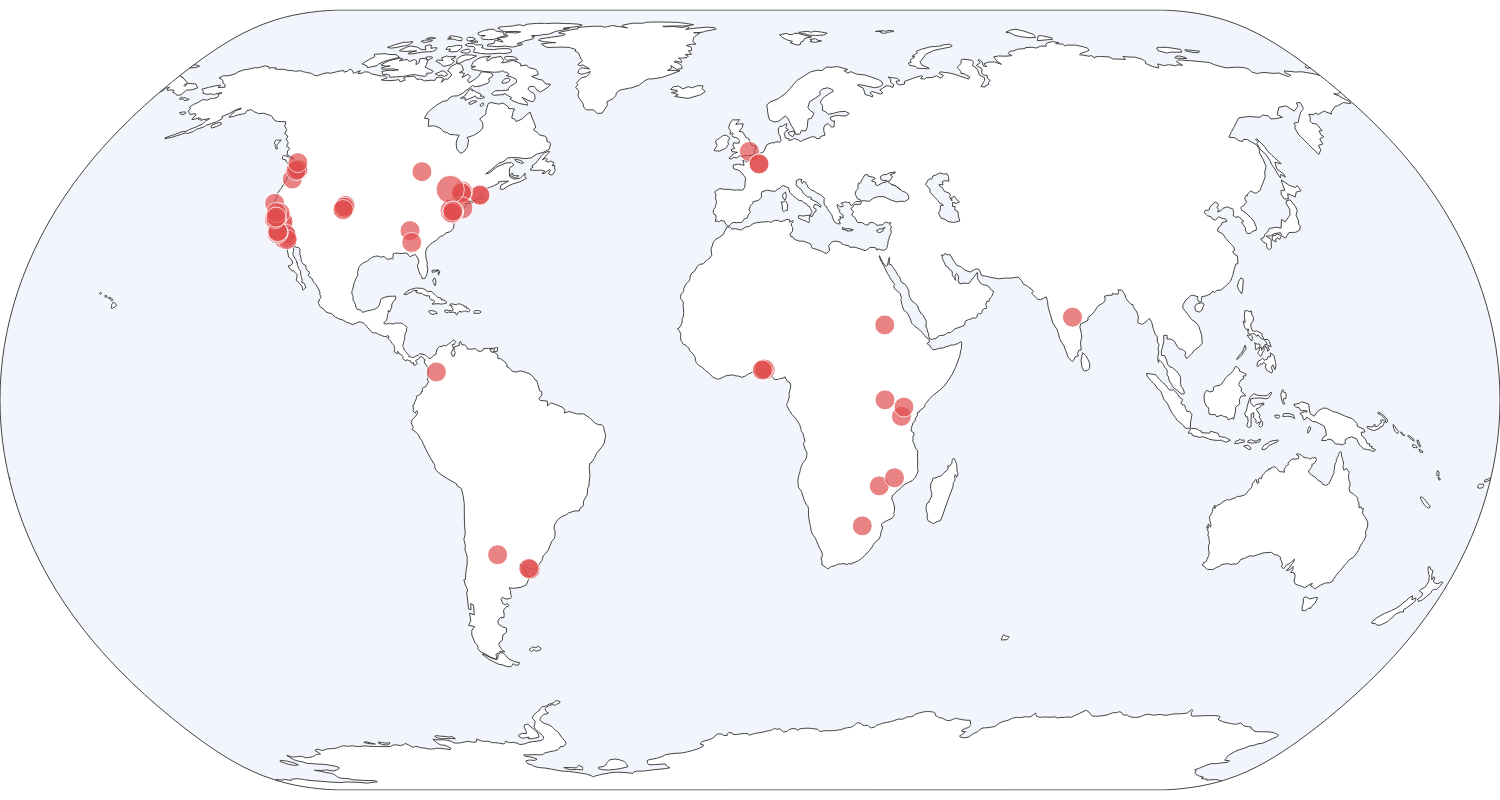
The map above shows active communities in our network, and the size of each circle corresponds to the size of each community. See our interactive map of active communities for the latest data.
2i2c in numbers
Communities
>90Active users
>6500Countries
>15Upstream PRs
>2000Research community: Cryosphere research in the cloud
Cryocloud is a research hub dedicated to “accelerating discovery and enhancing collaboration for NASA Cryosphere communities”. They use their hub to provide access to NASA Earthdata cloud use a community Jupyter Book to organize training and learning within the community via community workshops.
Education community: Data 8 for Community Colleges in California
The Data 8 class began as a large introductory data science class at UC Berkeley. It uses a Jupyter Book for all course materials, and uses JupyterHub magic links to distribute course content from the textbook. 2i2c is working with the Data 8 team to deploy JupyterHubs for community colleges in California that run the Data 8 course, to make the infrastructure and content broadly accessible.
Research communities: The Catalyst Project: Serving historically marginalized communities
The Catalyst Project serves interactive computing hubs to biomedical communities in Latin America and Africa. The project is aimed at learning about the unique challenges in serving communities in global regions that are historically under-served or under-resourced, with the goal of designing effective and sustainable interactive computing services for these communities.
Research communication: The spyglass toolbox demonstration hub
Spyglass is a framework for reproducible and shareable neuroscience research produced by Loren Frank’s lab at the University of California, San Francisco. They recently released a preprint about their toolbox , and are using a 2i2c hub to provide accessible interactive cloud environments that demonstrate its functionality and helps researchers get started.
Learn more about our organization.
- Our Team Compass contains all of 2i2c’s organizational strategy, policy, and team practices.
- Our updates blog series provides all major organizational updates for our community.
- Our Service Level Objectives describes our day-to-day goals running the service.
- Our Shared Responsibility Model describes how we collaborate with communities in this hub service.
- Our Infrastructure Guide describes all of our cloud infrastructure and engineering practices, with links to our codebase.
